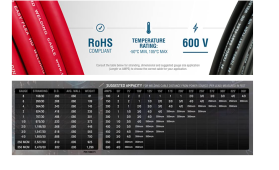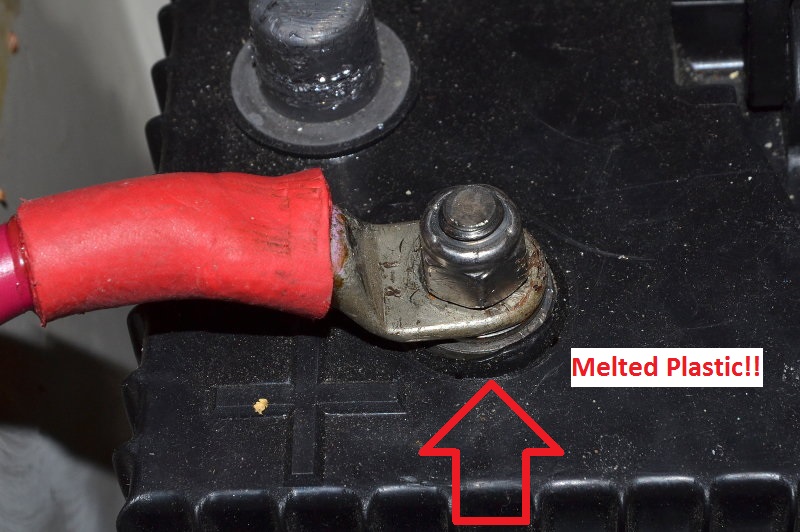Roswell Bob
Solar Enthusiast
It was a negative reaction. Not to your post in particular, but the whole thread. There is a lot of half-baked information that is of little use to the OP.@CJMainer - to help this discussion along, could you estimate the overall length of wiring you plan? For example, how long will the + and - wires be? In my case I have the battery -> buss-bars and the other equipment has their own wiring to the bus-bar. So i'm measuring from the battery to the bussbar.
OK, I'll byte. Seem like a very negative reaction to my post. Assuming I'm right, what exactly do you-all find 'untrue' about my post?
For example - this chart is off on 4/0 (too low for short distance) because it doesn't mention chassis amps. This is why I posted a chart that includes the chassis amps.
If I may - gently - suggest that we flush out specifics to help the poster because a lot of these discussions are vague.
My personal goal is to share what worked for me, not push anyone into anything or make general statements about all wiring.
I do question your claim that the number of strands has a huge effect on wire temperature. The chart I posted claims just the opposite. Strand counts of 1, 7, and 19 all produce the same ampacity.






